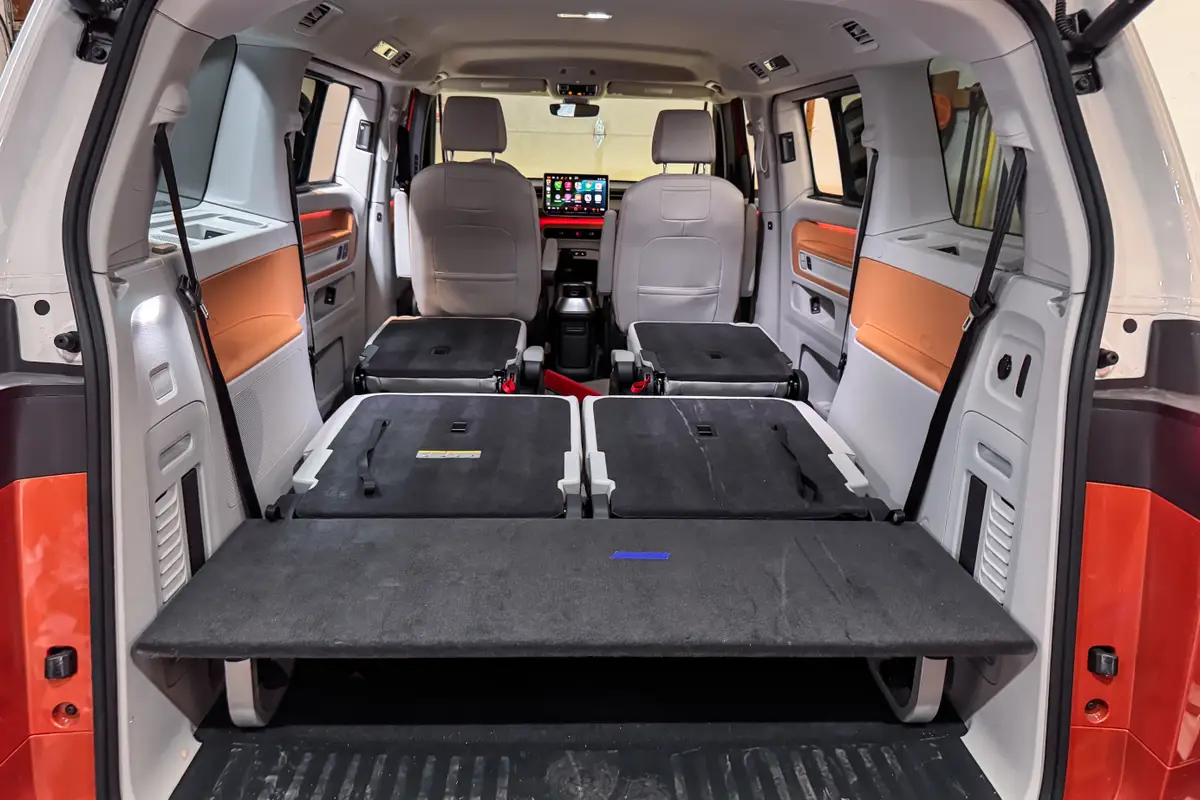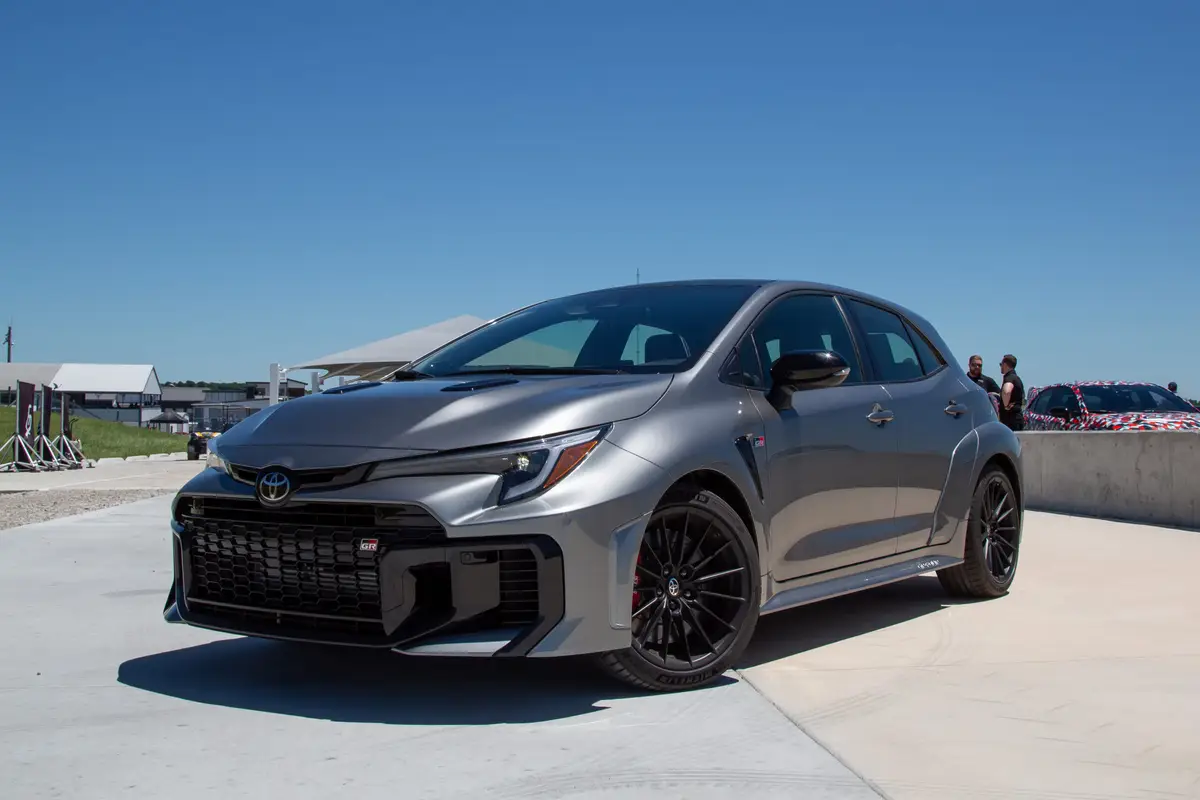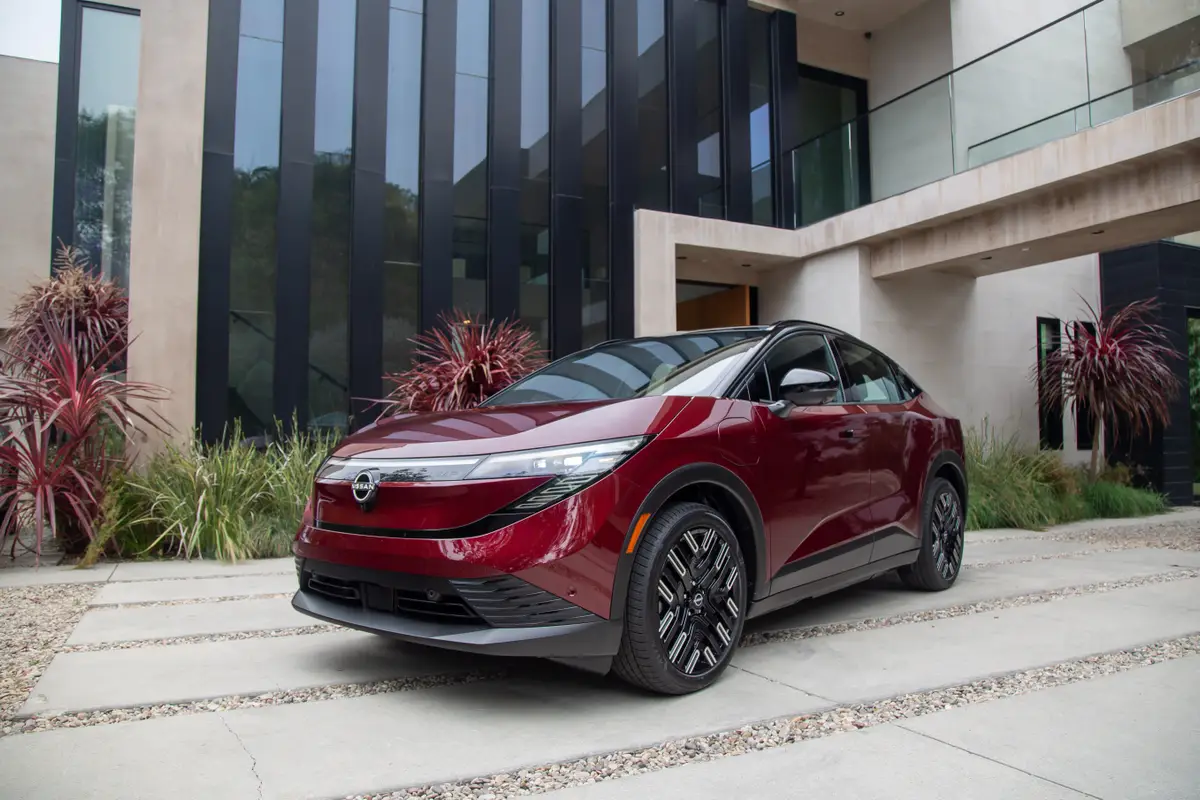What We Know About the New Audi Q7

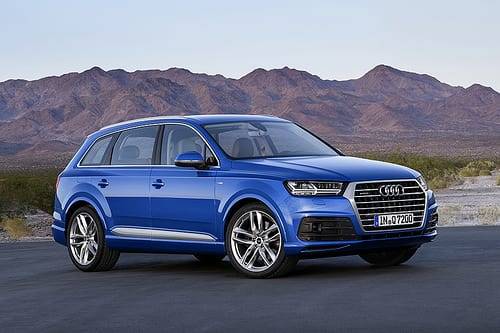
The Audi Q7 may be a bit long in the tooth but it is the epitome of a luxury SUV. The new Audi Q7 — lighter, more efficient, larger on the inside — turns down the wagon road in terms of styling.
Related: More Audi Q7 News
Even though the SUV is making its first public appearance at the North American International Auto Show in Detroit next month, Audi only released details of the European version. We can tell quite a bit about what will be essentially the same vehicle but the company declined to confirm certain specifics like a model year. This is what we can safely tell you until the SUV’s debut in Detroit on Jan. 12.
It’s Much Lighter
Audi dropped up to 716 pounds off the former Q7’s curb weight with its next-generation architecture, now tipping the scales at 4,398 pounds for a 3.0 TDI model. Extensive use of aluminum reduced weight in key areas. The doors, front fenders, hood and rear hatch are made entirely out of aluminum; the doors themselves saved 52.9 pounds.
The Q7’s shape is clearly different — more wagonlike — with a smaller footprint as dimensions shrink 1.5 inches bumper to bumper while width is 6/10ths of an inch narrower, though the Q7’s height is unchanged. The new shape is more slippery thanks to extensive aerodynamic work including a lined underbody and a small spoiler near the rear axle. Out back, the cargo area’s load-in height is 1.8 inches lower for easier cargo access, and the Q7 has an optional gesture control tailgate that opens and closes with the swipe of a foot below the rear hatch.
There’s More Interior Room
A smaller exterior hasn’t stopped Audi from increasing space efficiency inside. A problem with the old Q7 was its massive exterior and dinky interior. The latest Q7 is configured for five or seven occupants and features more room between the first and second rows (8/10ths of an inch). Headroom is up 1.6 inches for first-row occupants and 9/10ths of an inch for second-row passengers.
Techies Will Have a Field Day
Audi’s next-generation Multi Media Interface is composed of an all-in-one touchpad controller that serves as the main access point to the new system; users are able to pinch and zoom the navigation display as well as control multimedia and phone options. New voice-recognition software is designed to recognize more natural speaking commands instead of preset voice commands.
Audi is one of the first automakers to introduce Apple Car Play and Google Android Auto in-car systems. The two bring their respective mobile environment into the Q7’s interface via a USB port with online music at the heart of the integration; however, navigation and messaging functions are also available. Pandora, Spotify and WhatsApp are supposed to join the integration party later, according to Audi. Multimedia can be piped through an optional Bang & Olufsen stereo with 1,920 watts of power sent to 23 speakers.
Audi has reimagined how a rear entertainment system can work, and it might be onto something. Instead of a standard DVD or Blu-ray screen, or even two, you’ll find an available single or dual 10.1-inch tablet setup in the backseat designed not only to act as a display screen, but also a functioning tablet. The Android-powered tablets link to the Q7’s in-car LTE Wi-Fi and can talk with the car to program navigation and media up front. The tablets are linked with Google Play store for downloading apps and other media, plus they can be removed and used outside the car offline or with a separate Wi-Fi network.
The Inside Should Be Pretty Nice
Audi will offer seven interior colors and numerous fabric materials such as Alcantara, Cricket leather or Valcona leather seat coverings. Accent trims will feature Beaufort walnut and aluminum materials, and one leather package will feature full leather with contrast stitching, Alcantara headliner and luxury velour floor mats. Premium acoustic insulation and side-view mirrors mounted on the shoulder line aim to create best-in-class noise levels, according to Audi.
A 12.3-inch dashboard display called a “virtual cockpit” replaces traditional gauges with programmable readouts, gauges and multimedia information. It’s a display also used in the new Audi TT.
Diesel Plug-In Hybrid?
The Euro-spec Q7 will have a mix of diesel and gasoline engines that combined with the weight saving and aero work help improve fuel efficiency an average of 26 percent across the lineup. Called out in the European press release is a 252-horsepower, turbocharged 2.0-liter four-cylinder destined for U.S. and Asian markets.
The most notable powertrain is the Q7 e-tron quattro plug-in hybrid being launched in Europe after the wagon’s initial debut in summer 2015. Audi says it’s the world’s first plug-in hybrid with a diesel engine and all-wheel drive and can run on lithium-ion-battery-power alone for 34.8 miles. Performance doesn’t sound stingy with zero-to-62-mph times in 6.0 seconds and a top speed of 139.8 mph.
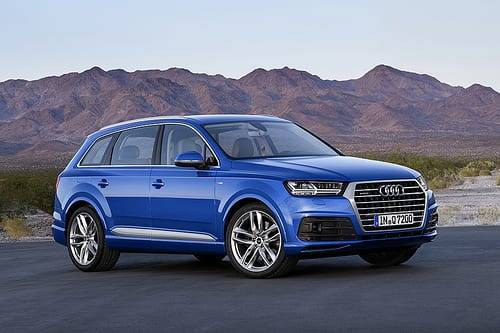
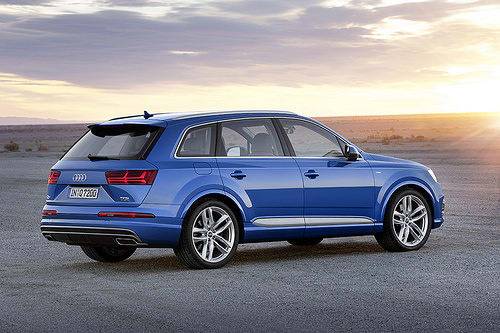
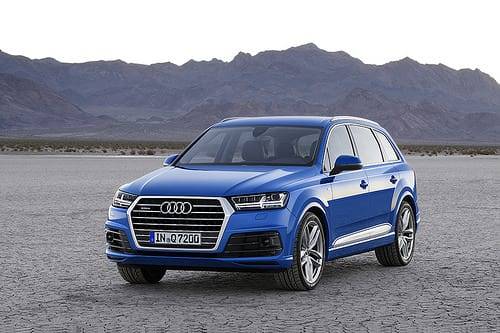
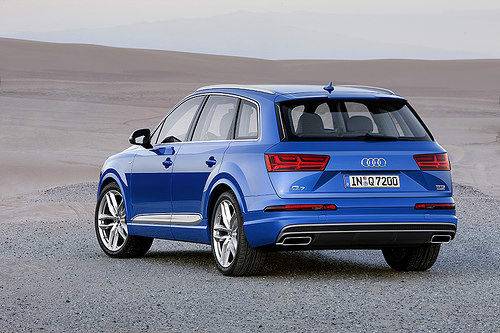
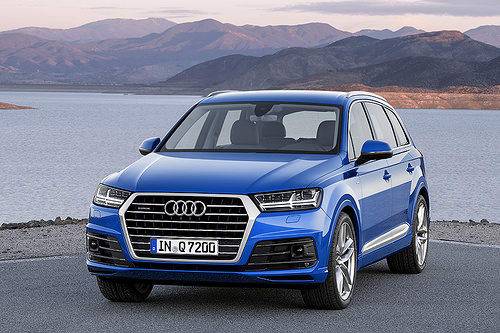
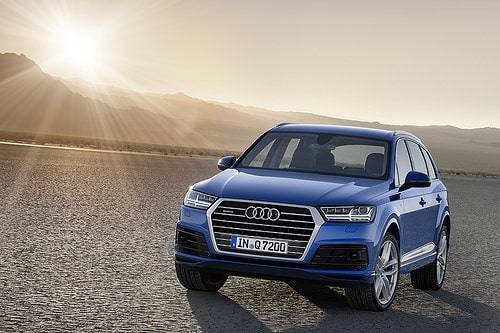
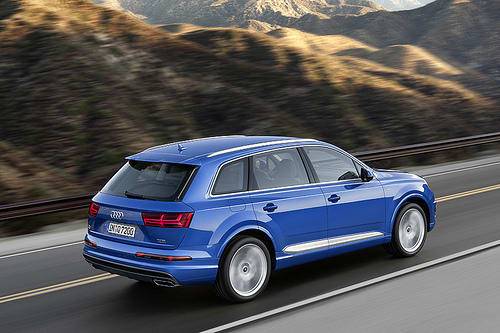
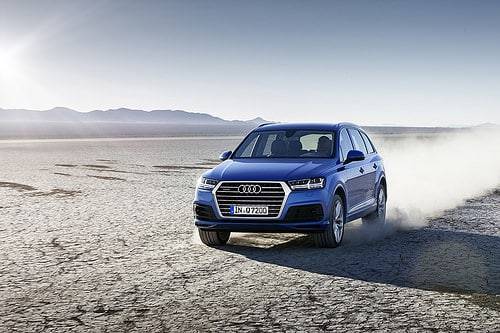
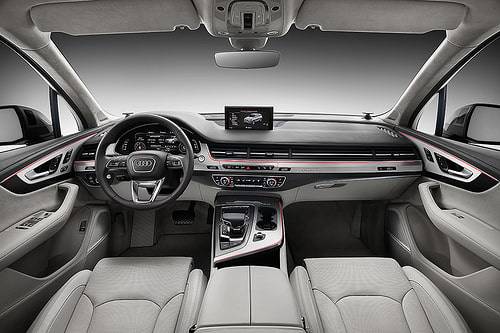
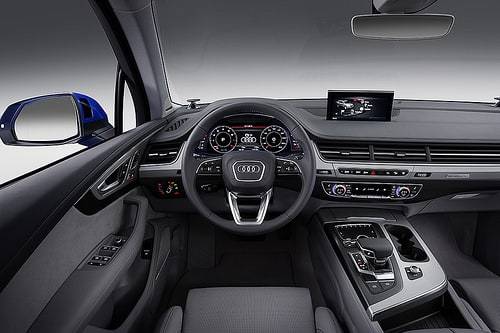
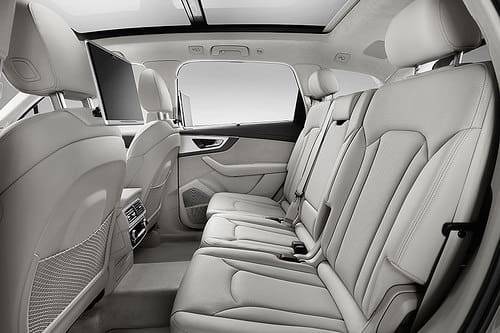
Manufacturer images

Managing Editor Joe Bruzek’s 22 years of automotive experience doesn’t count the lifelong obsession that started as a kid admiring his dad’s 1964 Chevrolet Corvette — and continues to this day. Joe’s been an automotive journalist with Cars.com for 16 years, writing shopper-focused car reviews, news and research content. As Managing Editor, one of his favorite areas of focus is helping shoppers understand electric cars and how to determine whether going electric is right for them. In his free time, Joe maintains a love-hate relationship with his 1998 Pontiac Firebird Trans Am that he wishes would fix itself. LinkedIn: https://www.linkedin.com/in/joe-bruzek-2699b41b/
Featured stories
